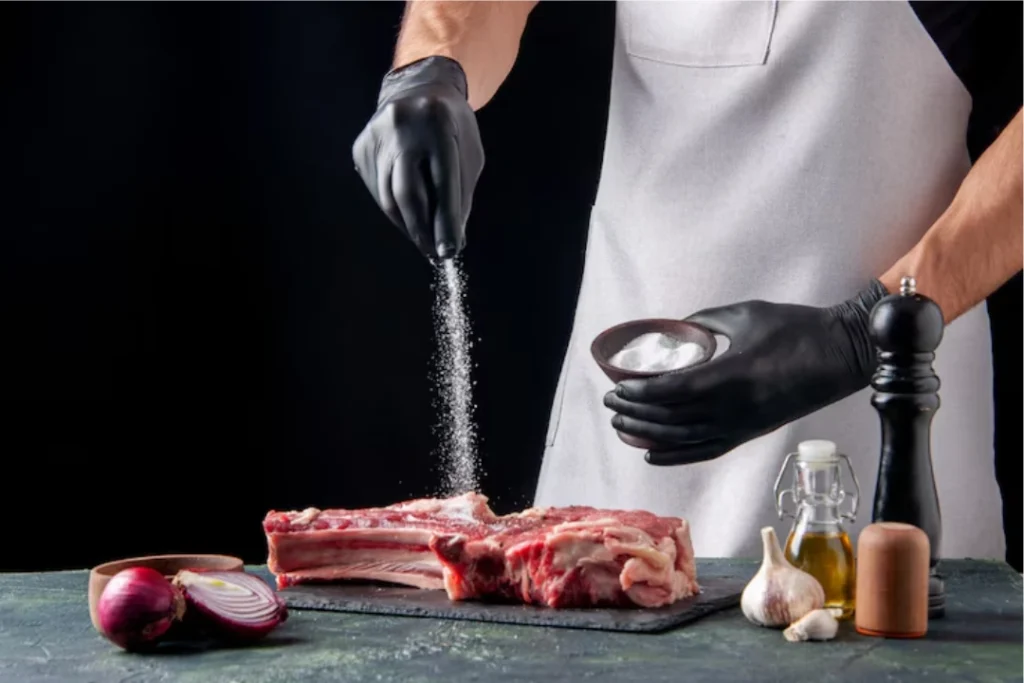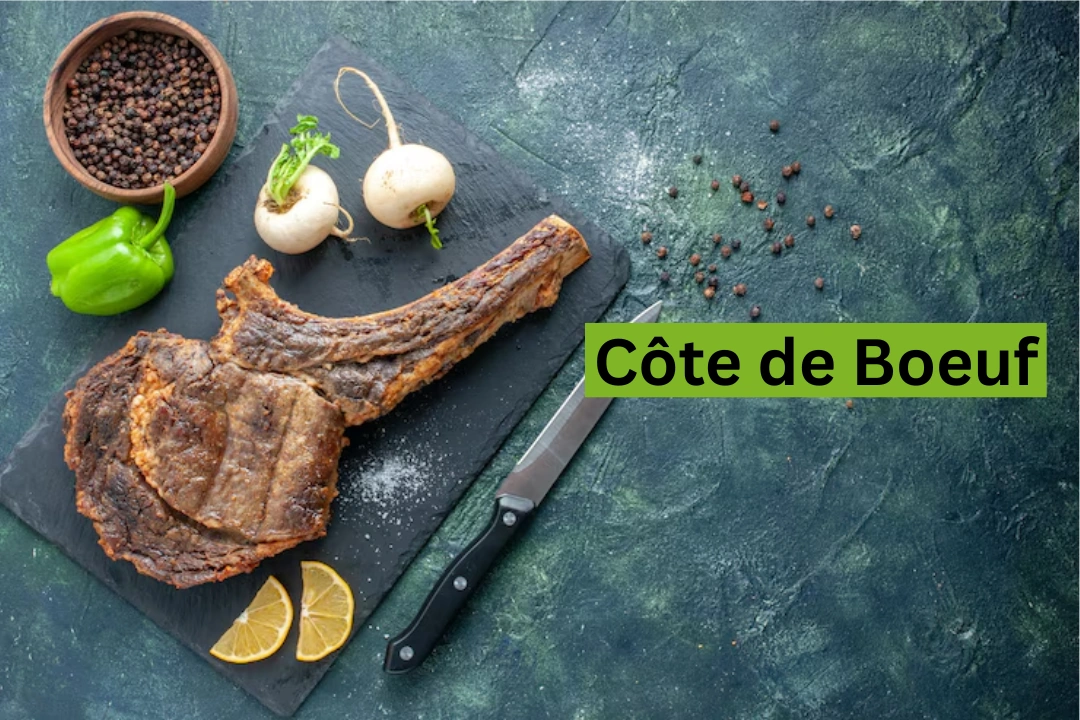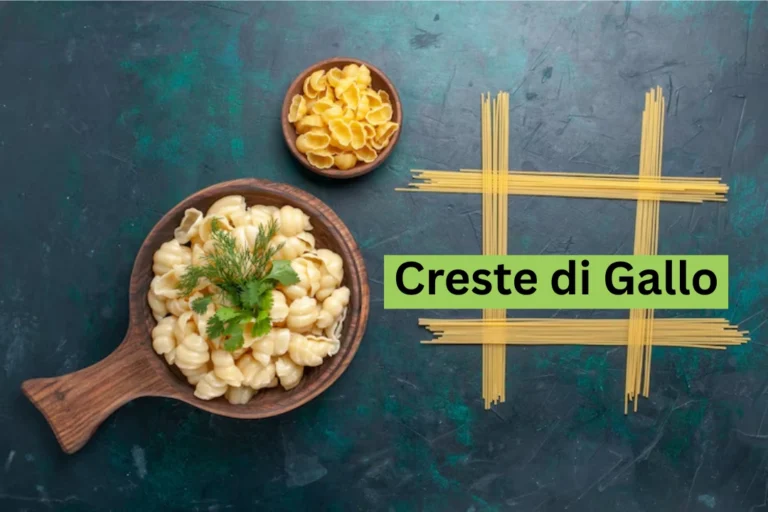Côte de Boeuf: A Timeless French Classic for Meat Lovers
Côte de boeuf, a term that translates to rib of beef in French, is more than just a cut of meat; it’s a culinary experience that embodies the essence of French gastronomy. This bone-in rib steak is renowned for its rich flavor, tender texture, and impressive presentation, making it a favorite for special occasions and gourmet dinners.
Understanding Côte de Boeuf
At its core, côte boeuf is a thick, bone-in rib steak, similar to the American ribeye but with the bone left intact. This cut is prized for its marbling, which contributes to its juiciness and flavor. The presence of the bone not only adds to the visual appeal but also enhances the taste during cooking. In France, côte boeuf is often associated with communal dining, where the steak is cooked to perfection and then shared among guests. Its popularity has transcended borders, finding its place on menus in various countries, each adding its unique twist to the preparation
Selecting the Perfect Cut
Choosing a high-quality côte boeuf is crucial for achieving the desired taste and texture. Look for meat that has a bright red color with ample marbling. The fat should be creamy white, indicating freshness. A well-marbled steak ensures tenderness and flavor, especially when cooked to medium-rare or medium. When purchasing, it’s advisable to consult with a trusted butcher who can provide insights into the origin and quality of the meat. Opting for grass-fed beef can also enhance the flavor profile, offering a more robust taste.
Nutritional Information
Côte de boeuf offers rich flavor and high protein, but it’s also indulgent in fat. Understanding its nutritional profile helps balance your meal.
Here’s a simple breakdown of nutrients per 100g serving of cooked côte boeuf:
| Nutrient | Amount per 100g |
|---|---|
| Calories | 253 kcal |
| Protein | 18.8 g |
| Total Fat | 19.8 g |
| Saturated Fat | 8.9 g |
| Carbohydrates | 0 g |
| Sugars | 0 g |
| Fiber | 0 g |
| Sodium | 0.13 g |
This cut is naturally low in carbs but rich in energy-dense fats and high-quality protein, which supports muscle repair and satiety.
To enjoy côte boeuf as part of a balanced diet:
- Pair it with fiber-rich vegetables like broccoli, carrots, or green beans.
- Watch your portion size if you’re monitoring fat intake.
- Balance the meal with lighter starters or salads to prevent calorie overload.
Preparing Côte de Boeuf

Cooking côte boeuf requires attention to detail to bring out its best qualities. Here’s a step-by-step guide to preparing this delectable steak:
- Bring to Room Temperature: Remove the steak from the refrigerator at least an hour before cooking. This ensures even cooking throughout the meat.
- Season Generously: Just before cooking, season the steak with coarse sea salt and freshly ground black pepper. This enhances the natural flavors without overpowering them.
- Finish in the Oven: Preheat the oven to 200°C (392°F). Transfer the seared steak to a roasting pan and cook for approximately 15-20 minutes for medium-rare, depending on the thickness. Use a meat thermometer to check for an internal temperature of 55°C (131°F).
- Rest Before Serving: Allow the steak to rest for 10 minutes after cooking. This helps redistribute the juices, resulting in a moist and flavorful bite.
- Sear the Steak: Heat a heavy skillet or grill pan over high heat. Add a small amount of oil and sear the steak for 3-4 minutes on each side until a golden-brown crust forms.Serving Suggestions
Serving Suggestions
Côte de boeuf pairs wonderfully with a variety of sides. Traditional accompaniments include roasted potatoes, sautéed vegetables, or a fresh green salad. For a touch of indulgence, serve with a rich béarnaise or peppercorn sauce. When it comes to wine, a full-bodied red such as a Bordeaux or Cabernet Sauvignon complements the robust flavors of the steak. The tannins in the wine balance the richness of the meat, creating a harmonious dining experience.
Côte de Boeuf Around the World
While rooted in French cuisine, côte boeuf has made its mark globally. In the UK, it’s often referred to as a tomahawk steak when the rib bone is left long and frenched. In the United States, it’s comparable to a bone-in ribeye or prime rib. Regardless of the name, the essence remains the same: a flavorful, bone-in steak that’s perfect for sharing.
Conclusion
In conclusion, côte boeuf is more than just a meal; it’s an experience that brings people together. Whether you’re celebrating a special occasion or simply indulging in a gourmet dinner, this classic French steak offers a combination of flavor, tenderness, and visual appeal that’s hard to beat. By selecting a quality cut, preparing it with care, and pairing it with complementary sides and wine, you can enjoy a dining experience that’s both satisfying and memorable







